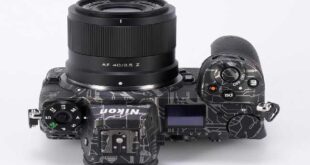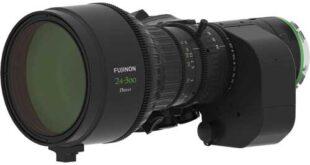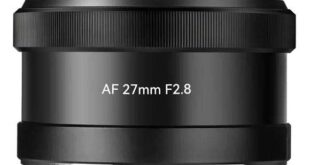Panasonic has unveiled its latest high-end Micro Four Thirds (MFT) camera, the Lumix G9 II. This new camera boasts a powerful 25.2-megapixel Live MOS sensor with image stabilization, phase-detection autofocus, improved video capabilities, and an advanced image processing engine. Alongside the Panasonic G9II, the manufacturer has also introduced updated versions of two popular MFT zoom lenses: the 35-100mm f2.8 and 100-400mm f4-6.3.
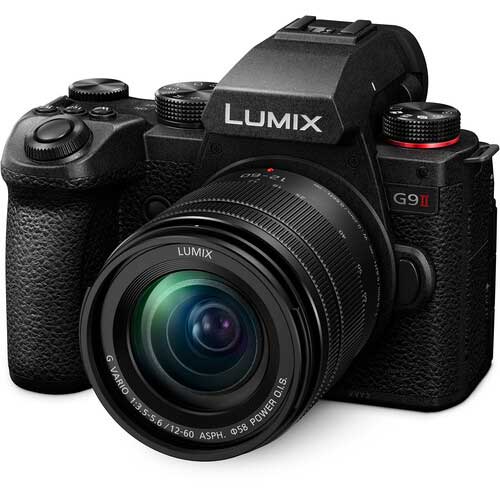
Panasonic Lumix G9 II
The Panasonic Lumix G9 II supports shooting speeds of up to 60 frames per second, complete with blackout-free autofocus tracking and an electronic shutter featuring a substantial 200-image buffer. When using AF-S, the camera can achieve an impressive speed of 75 frames per second. This heightened performance necessitated the inclusion of a new Venus processor dedicated to image processing.
One standout feature of the Panasonic G9II is its pre-continuous shooting capability, meaning the camera captures several frames automatically a few seconds before the shutter button is pressed, ensuring you never miss a crucial moment. The mechanical shutter provides shutter speeds ranging from 60 to 1/8000 seconds, while the electronic shutter offers a range from 1 to 1/16000 seconds.
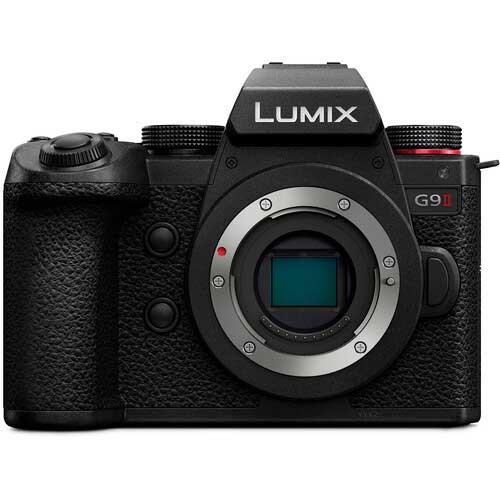
The camera features an enhanced In-Body Image Stabilization (IBIS) system, which has always been a hallmark of Panasonic cameras. In Dual IS2 mode, it provides stabilization of up to 7.5 stops, working in conjunction with optical stabilization in Panasonic MFT lenses. In hybrid stabilization mode, it reaches an impressive 8 stops. The camera supports a high-resolution shooting mode of up to 100 MP (High-Res), and the sensor’s ISO range spans from 100 to 6400.
The Panasonic G9II offers robust video recording capabilities, with options including 4:2:2 10-bit encoding in 4K at 60p with V-Log preset. Additionally, it can record in Apple ProRes 5.7K at 60/50p in 10-bit and ALL-Intra via USB to SSD. The camera also supports C4K/4K 10-bit at 120p/100p, enabling super slow-motion video capture. A 5.8K anamorphic widescreen mode at 30p in 10-bit is available for cinematic video production, and users have the flexibility to apply their LUTs for video shooting.
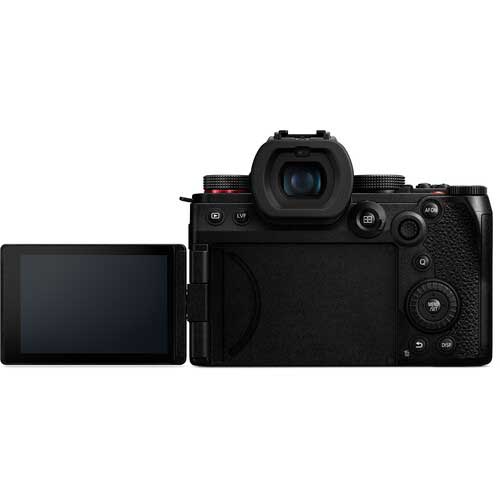
The camera’s improved ergonomics include an 8-way joystick for selecting focus areas, a fully articulating 3-inch display with a resolution of 1.84 million dots, and a 3.68 million-dot OLED viewfinder with 0.8x magnification.
Connectivity options on the dustproof and waterproof body include a lithium-ion battery (7.2 V, 2200 mAh, 16 Wh), USB Type-C (10 Gbps), HDMI Type A, 3.5 mm microphone jack, Wi-Fi modules supporting 2.4 GHz/5 GHz, and Bluetooth 5.0.
Leica DG Vario-Elmarit 35-100mm f2.8 POWER OIS
Panasonic introduces the Leica DG Vario-Elmarit 35-100mm f2.8 Power OIS (H-ES35100), offering a consistent f/2.8 aperture throughout the entire focal length range of 35-100mm, which is equivalent to 70-200mm on a Full Frame camera. While much of the lens’s core design remains unchanged, including its compact and lightweight build, Panasonic has made strides in enhancing image quality by incorporating nano-coating to further minimize ghosting and flare.
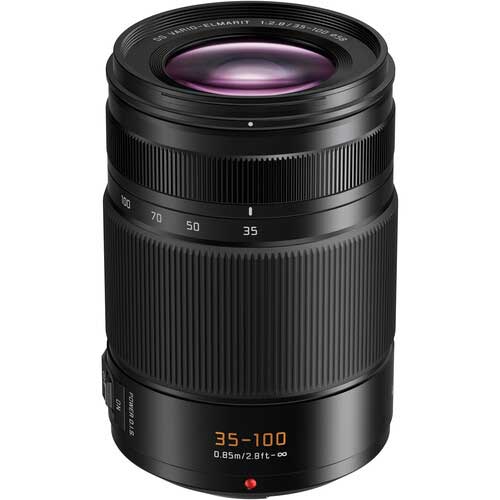
Despite these advancements in image quality, the optical construction of the new lens closely resembles its predecessor, with 18 elements arranged in 13 groups. Like the previous Vario-Elmarit Zoom, it comprises two extra-low dispersion elements and one ultra-extra-low dispersion element. The lens still boasts a seven-blade diaphragm.
Measuring 99.9 millimeters in length and weighing just under 360 grams, the lens maintains its user-friendly and portable design. Its minimum focusing distance stands at 0.85 meters.
Leica DG Vario-Elmar 100-400mm f4-6.3 II ASPH. Power OIS
Panasonic introduces the updated Leica DG Vario-Elmar 100-400mm f4-6.3 II ASPH. Power OIS lens, which largely retains the features of its predecessor but with one notable enhancement: compatibility with a 2x teleconverter.
While the original 100-400mm lens, with its 200-800mm equivalent focal length, has long been favored by wildlife photographers, the ‘II’ version, when combined with Panasonic’s 2x teleconverter, extends its reach to an impressive 400-1600mm equivalent focal length.
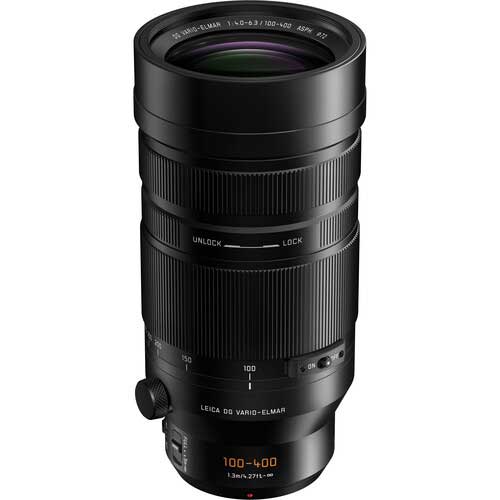
Aside from this teleconverter capability, the redesigned 100-400mm lens maintains its existing specifications. It still incorporates 20 elements organized into 13 groups, features a nine-blade aperture, and boasts a close focusing distance of 1.3 meters. With the inclusion of the 2x teleconverter, photographers can now enjoy life-size macro photography at a 35mm equivalent focal length.
Despite these improvements, the lens retains its manageable weight of 985 grams and a length of 171.5mm, ensuring it remains easy to handle in the field.
Price and release date
The Panasonic Lumix G9 II is set to hit the market in early November, with a suggested retail price of $1,897.99 available on Bhphotovideo.com and Adorama.com. This represents a $200 increase over the starting price of the previous G9 model.
The updated Leica DG Vario-Elmarit 35-100mm f2.8 Power OIS will be available in late October for $1,149.99 on Bhphotovideo.com and Adorama.com.
The new Leica DG Vario-Elmar 100-400mm f4-6.3 II ASPH. Power OIS is also expected to launch in late October, with a price tag of $1,599.99 on Bhphotovideo.com and Adorama.com.
 Technology News, Reviews and Buying Guides review, monitor review, tablet review, laptop review, mobile review, smartphone review, buying guide,
Technology News, Reviews and Buying Guides review, monitor review, tablet review, laptop review, mobile review, smartphone review, buying guide,
